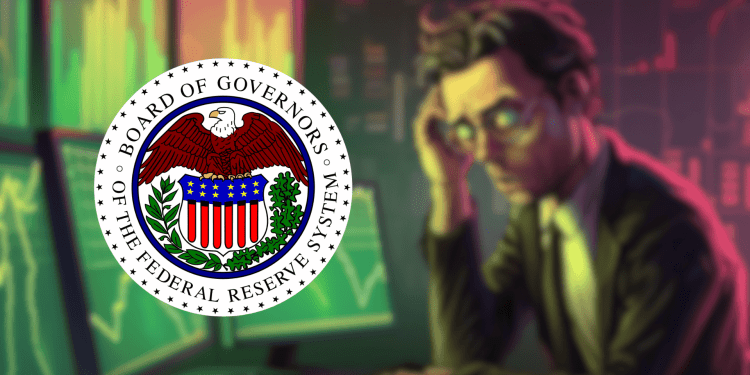- Led by lower food and auto prices, U.S. inflation cooled slightly in April after three elevated readings, providing tentative relief for the Federal Reserve and President Biden’s re-election team.
- The report showed a 0.3% rise in consumer prices from March to April, down from 0.4% the previous month, with the year-over-year rate ticking down from 3.5% to 3.4%.
- While inflation remains above the Fed’s 2% target, the data keeps alive the prospect of potential interest rate cuts later this year if inflation and the economy continue cooling.
Consumer prices in the US cooled slightly in April after three months of elevated readings, offering some relief to the Federal Reserve and President Biden‘s re-election campaign. The new data provides hope that the worst inflation in 40 years may be slowing down.
April Inflation Figures
The Labor Department reported on Wednesday that consumer prices rose 0.3% from March to April, down from 0.4% the previous month. Inflation ticked down to 3.4% year-over-year, from 3.5% in March. A measure of core inflation, excluding food and energy, hit its lowest level in three years.
Grocery prices slipped in April, with egg prices falling 7.3% due to avian flu volatility. New and used car prices also dropped. However, gas and clothing prices jumped. Core inflation rose 0.3% month-over-month after three straight 0.4% increases. Core inflation was 3.6% year-over-year, down from 3.8% in March.
Effect on Interest Rates
The cooling inflation may influence the Fed’s interest rate policy. Chair Jerome Powell dropped suggestions of 2024 rate cuts after high early-2024 readings, but said rates would only fall once inflation nears the 2% target. If prices keep moderating, economists say the Fed could cut rates twice this year.
Lower rates could reduce mortgage, auto loan and credit card costs. Stock prices rose and bond yields fell Wednesday as traders anticipated rate cuts. April’s data “keeps alive the prospect of the Fed cutting rates in September,” said economist Kathy Bostjancic.
Impact on Consumers
For households and businesses, steady lower inflation would provide stability after prices spiked during the pandemic. Some have already seen relief. Arizona roofer Pat Overson said lumber, labor and shingle costs have leveled off after surging from 2020 to 2022. He still charges more than in 2020, but rates have stabilized since last year.
Overson sees cautious consumers seeking more bids and only replacing parts of roofs. More customers are financing projects now. “Inflation has leveled out for us,” he said.
Political Context
The inflation slowdown could also affect the presidential race. Biden critics have blamed him for high prices, but the cooling inflation offers his campaign some relief. Biden said his policies will cut drug prices and ease housing costs. Donald Trump claimed prices are still too high.
Analysis
Falling inflation would be welcomed by the Fed. But rents have remained high as pandemic trends like more single households linger. Prices are also still far above pre-pandemic levels. The path of inflation remains critical to the economic outlook.
Conclusion
April data brought tentative hope that surging inflation may be easing after peaking last June. But stability isn’t guaranteed, and prices remain elevated. The Fed will likely keep targeting its 2% goal before cutting interest rates. Political and economic fortunes may ride on whether inflation continues slowing.














